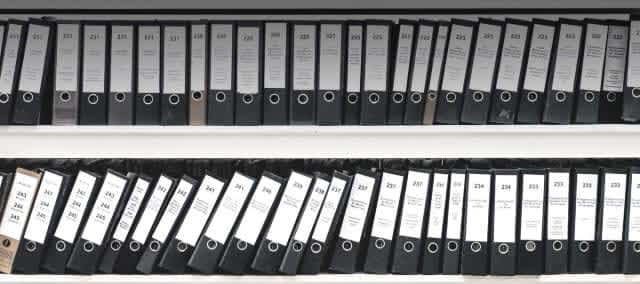That’s why it’s so important to work out how you can use your pension to provide you with an income that will hopefully last for the rest of your life. Here, we explain the different options available to you. Remember, you don’t have to pick just one of these - you can use a mix of them if you want to.
Taking a tax-free lump sum
You can take the first 25% of your pension as a tax-free lump sum if you want to. After that, any withdrawals will be taxed at your income tax rate. If you’re a basic rate taxpayer, that means you’ll be taxed at 20%, rising to 40% if you’re a higher rate taxpayer, or 45% if you’re an additional rate taxpayer.
Buying an annuity
If you want to know exactly how much you’ll have coming in every month when you retire, one option is to use some or all your retirement savings to purchase an annuity. This is essentially a type of insurance contract that will give you a guaranteed income until you die. Once you’ve bought an annuity, you can’t change your mind, so you’ll need to be absolutely certain this is the right choice for you before going ahead.
The amount of income an annuity will provide you with depends on a number of factors including your age, health and whether you want an income that stays the same or goes up over time. Annuity rates vary from provider to provider, so it’s important to shop around for the best deal. The income provided by an annuity may die when you do, although this isn’t always the case and some annuities may provide a continuing income for a dependant depending on which option you choose. It’s a good idea to seek professional advice on all the different options available to you so you can decide so which type of annuity will best suit your needs.
Flexi-access drawdown
Another option is Flexi-Access Drawdown, which allows you to take an income from your pension as and when you need it, whilst leaving the rest of your retirement savings invested. The main benefits of this is that your pension pot can continue to grow, and you can also pass on your pension to your beneficiaries when you die. However, the potential downside of Flexi-Access Drawdown is that if your pension investments don’t perform as well as you’d hoped, you could end up with less than you put in.
You’ll also need to watch how much you withdraw. Taking out big lump sums could push you into a higher tax bracket, so you’ll need to consider whether you might pay less tax if you make smaller withdrawals and spread them out over a longer period of time.
Taking your whole pension in one go
If you decide to cash in your whole pension pot in one go, the first 25% will be tax-free and you’ll pay income tax on the remaining 75%. If you’ve got a large pension this could mean you face a hefty tax bill at the end of the tax year, especially if it means you move into a higher tax bracket. If you do take out all your retirement savings at once, you’ll need to think carefully about how you can ensure this money will meet all your living expenses in the future.
Leave your pension untouched
Just because you can access your retirement savings at 55, that doesn’t mean you have to take any money out then. You may decide to leave your savings untouched for the time being for example, if you’re currently still earning or have other income you can rely on. The longer your pension savings remain invested, hopefully the more they’ll grow, although it’s important to remember that there are no guarantees and you could get back less than you put in depending on how the funds your pension is invested in perform. Before taking money out, it’s also worth remembering that if you take out more than your 25% tax-free cash limit, you and your employer can’t pay more than £4,000 a year into your pension going forward.
If you only take your 25% tax-free cash, you can contribute up to the normal £40,000 Annual Allowance. This is the maximum amount you can pay into your pension each year, while still receiving tax relief. However, it’s also worth noting that although the allowance is £40,000 your tax allowance is limited by your earnings. For example if you earn £20,000 per annum, then the maximum you can pay in to get tax relief is £20,000, there would be no tax benefits in paying in more.
Options if you've got a final salary pension
If you’ve got a final salary pension, you’ll receive a guaranteed income in retirement, based on your salary and the number of years you paid into the scheme. You can typically access your pension at your schemes’ ‘normal retirement age’ which is typically 60 or 65. If you access your pension earlier there may be a penalty which will reduce the amount you receive.
Where to get more help
It’s highly important to understand the options available to you and one of the best ways is to get impartial information and advice. Profile Pensions is authorised and regulated by the Financial Conduct Authority and our advisers are obliged to give you advice that’s in your best interests, based on your individual circumstances.
So if you have one or more pensions and you want help to understand them and what your options in retirement will be then get started by contacting us



